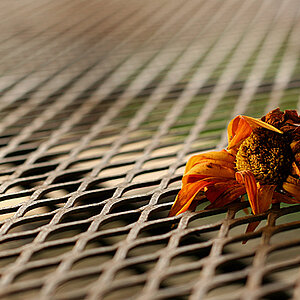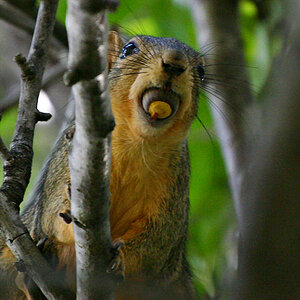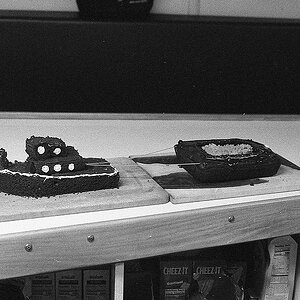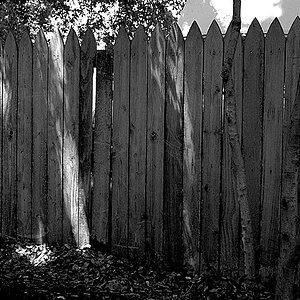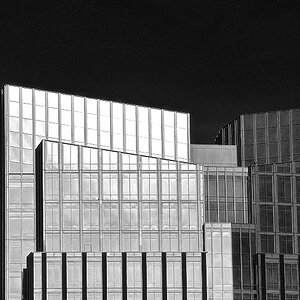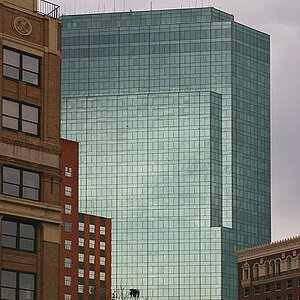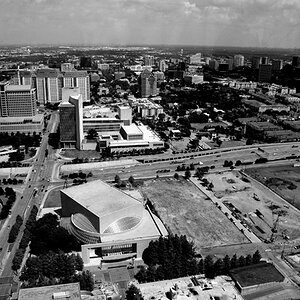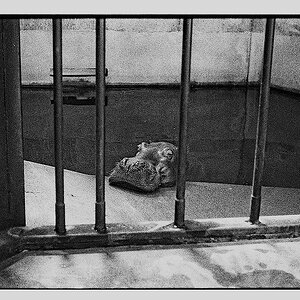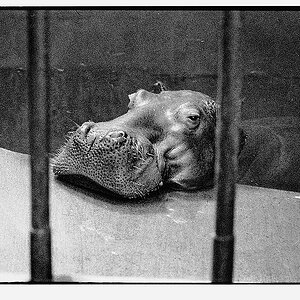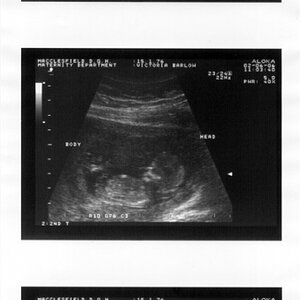grokglock
TPF Noob!
- Joined
- Jan 29, 2013
- Messages
- 31
- Reaction score
- 2
- Location
- florida
- Can others edit my Photos
- Photos NOT OK to edit
Hello guys I am seeking some insight as to how to correctly expose a contact sheet. I am currently in a college photo program and my new instructor is telling us the proper way to produce a contact sheet is where the sprockets/reels are barely visible. However this is making obviously all my exposures look dark. I have never been taught this method before but if he is right then my camera is reading about 2 stops under.
Is the proper exposure for a contact sheet supposed to have the reels/sprockets barely visible?
Is the proper exposure for a contact sheet supposed to have the reels/sprockets barely visible?


